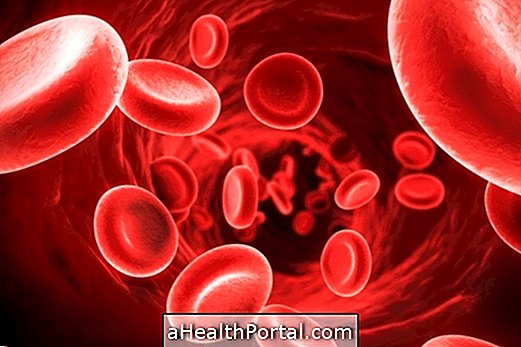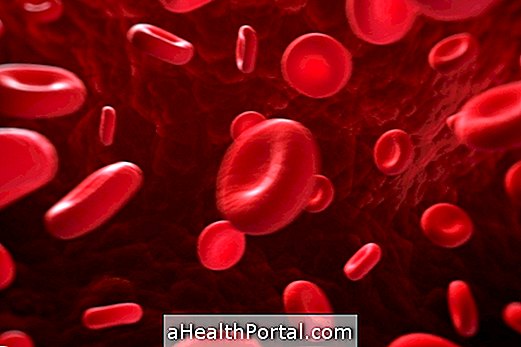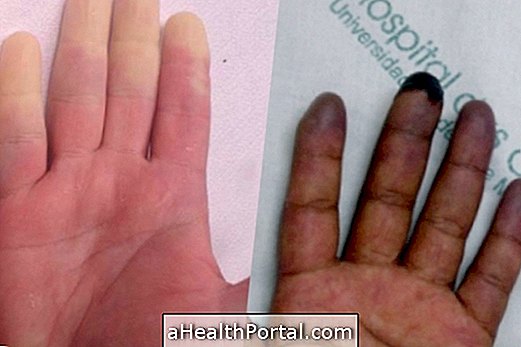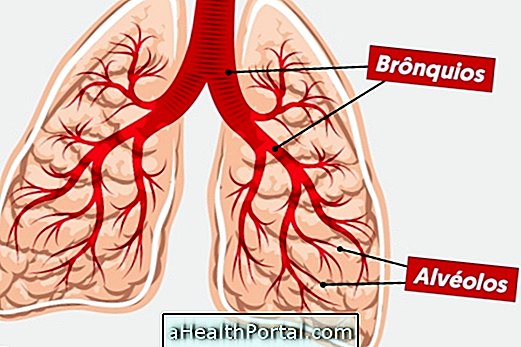Fanconi anemia is a genetic and hereditary disease, which is rare and occurs in the child, with the appearance of congenital malformations observed at birth, progressive bone marrow failure and predisposition to cancer, changes that are usually noticed between 3 and 12 years of age.
Although it can present several signs and symptoms, such as changes in bones, skin blemishes, renal impairment, short stature and increased chances of developing tumors and leukemia, this disease is called anemia, since its main manifestation is the decrease in production of the blood cells through the bone marrow.
To treat Fanconi anemia, follow-up with a hematologist is required, which guides blood transfusions or bone marrow transplantation. Screening and precautions to prevent or detect the onset of cancer early are also very important.

Main symptoms
Some of the signs and symptoms of Fanconi's anemia include:
- Anemia, low platelets, and less white blood cells, which increase the risk of weakness, dizziness, pallor, purplish spots, bleeding and repeated infections;
- Deformities in the bones, such as absence of thumb, thumb lower or shortening of the arm, face tuned with small mouth, small eyes and small chin;
- Low stature, since children are born with low weight and height below the expected for age;
- Coffee-with-milk color spots ;
- Increased risk of developing cancer, such as leukemias, myelodysplasias, skin cancer, head and neck cancer and genital and urological regions;
- Changes in vision and hearing .
These changes are caused by genetic defects, passed from parents to children, that affect these parts of the body. Some signs and symptoms may be more intense in some people than in others, because the intensity and exact location of the genetic change may vary from person to person.
How is the diagnosis made?
The diagnosis of Fanconi anemia is suspected through clinical observation and signs and symptoms of the disease. Performing blood tests such as a blood count, as well as imaging tests such as MRI, ultrasound, and x-ray of bones may be helpful in identifying the problems and deformities associated with the disease.
Confirmation of the diagnosis is made primarily by a genetic test called the Chromosome Fragility Test, which is responsible for detecting DNA breaks or mutations in blood cells.
How is the treatment done?
Treatment for Fanconi anemia is done with the guidance of the hematologist, who recommends blood transfusions and use of corticosteroids to improve blood activity.
However, when the marrow goes bankrupt, it is only possible to cure it by performing bone marrow transplantation. If the person does not have a compatible donor to perform this transplant, an androgen hormone treatment can be used to decrease the number of blood transfusions until the donor is found.
The person carrying this syndrome and their family should also have an accompanying and ancillary medical geneticist, who will guide the examinations and track other people who may have or pass this disease to their children.
In addition, due to genetic instability and increased risk of cancer, it is very important that the person with this disease periodically do screenings, and take some care such as:
- Do not smoke;
- Avoid consumption of alcoholic beverages;
- Perform vaccination against HPV;
- Avoid exposure to radiation such as x-ray;
- Avoid excessive or unprotected sun exposure;
It is also important to go to appointments and follow up with other specialists who can detect possible changes, such as dentist, otorrino, urologist, gynecologist or speech therapist.

























